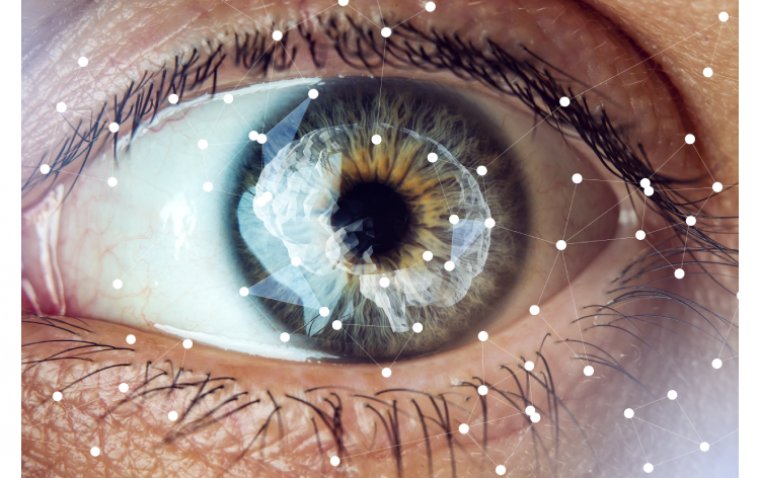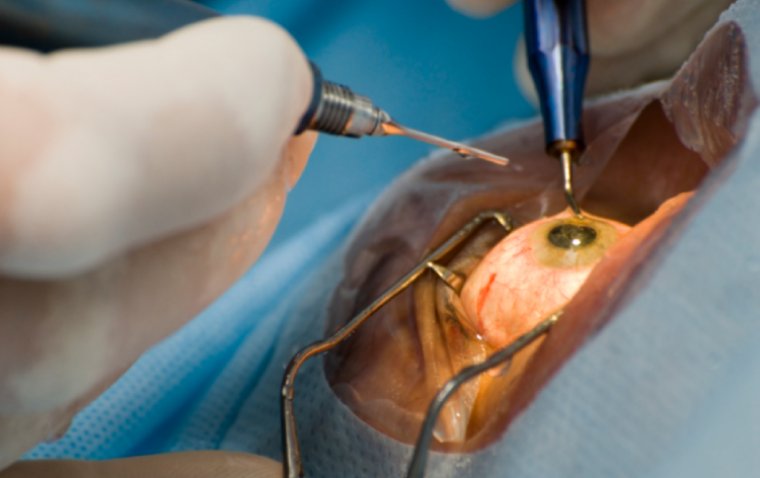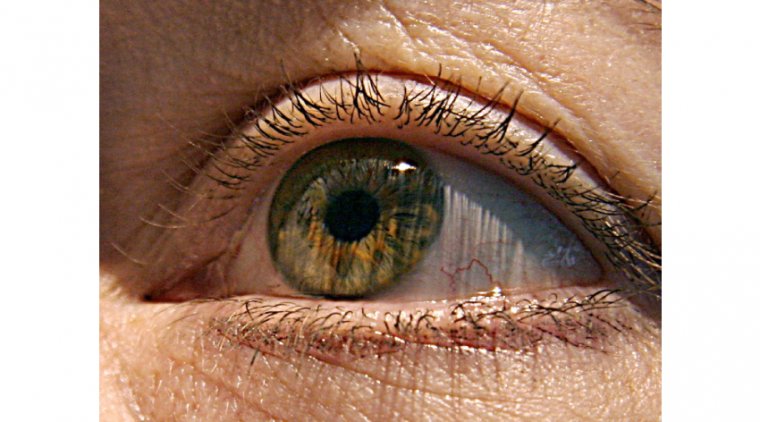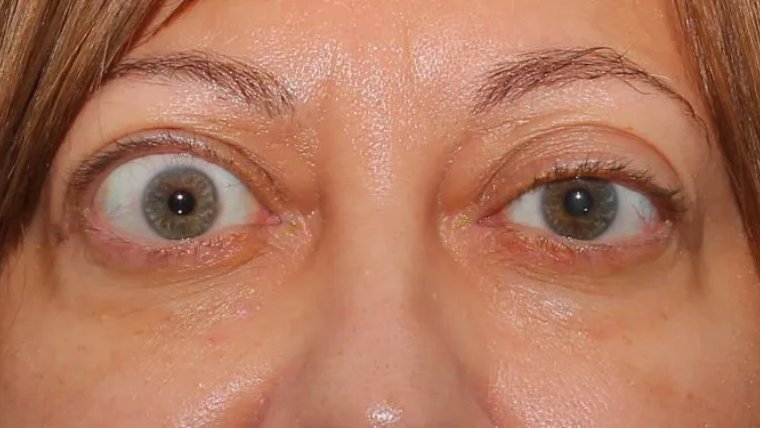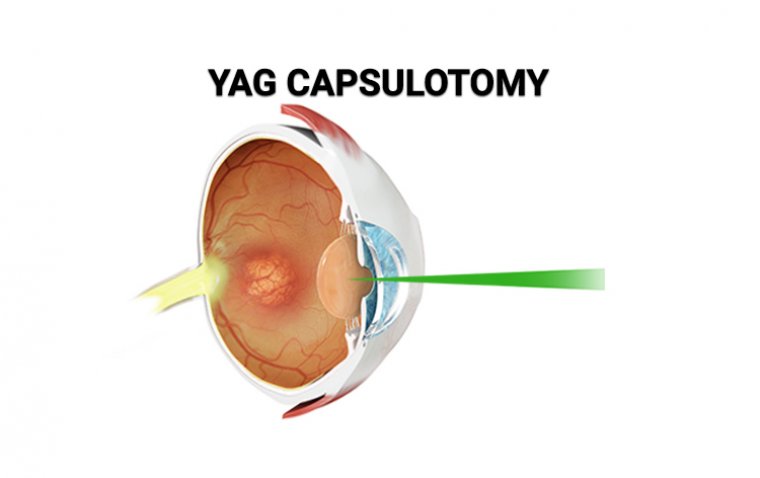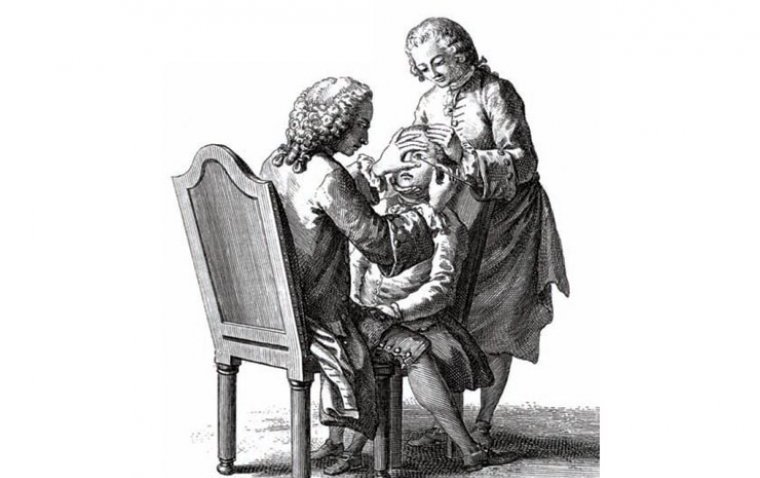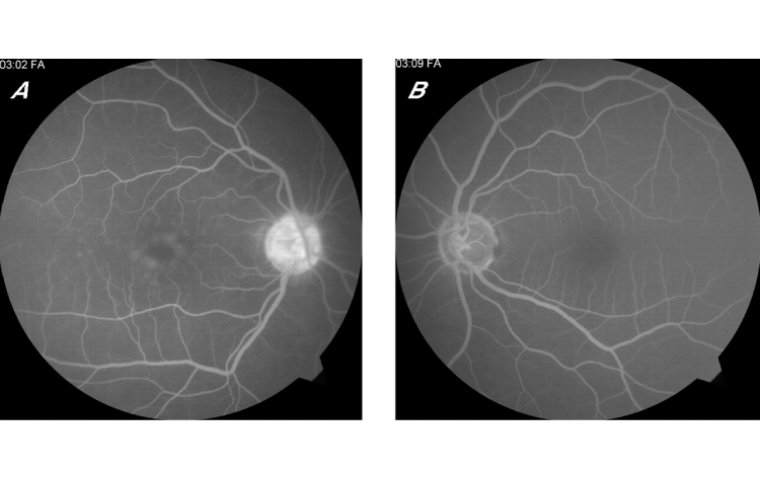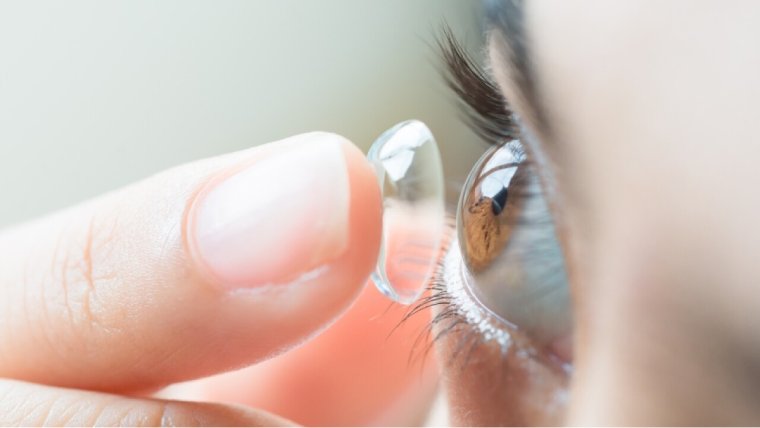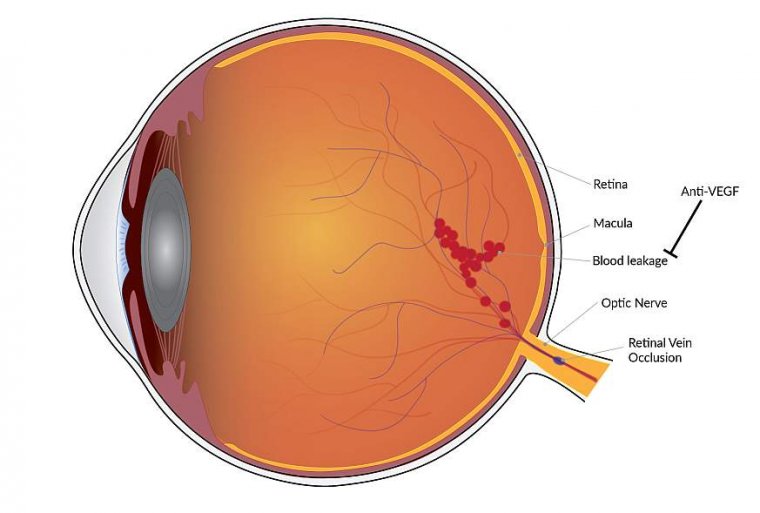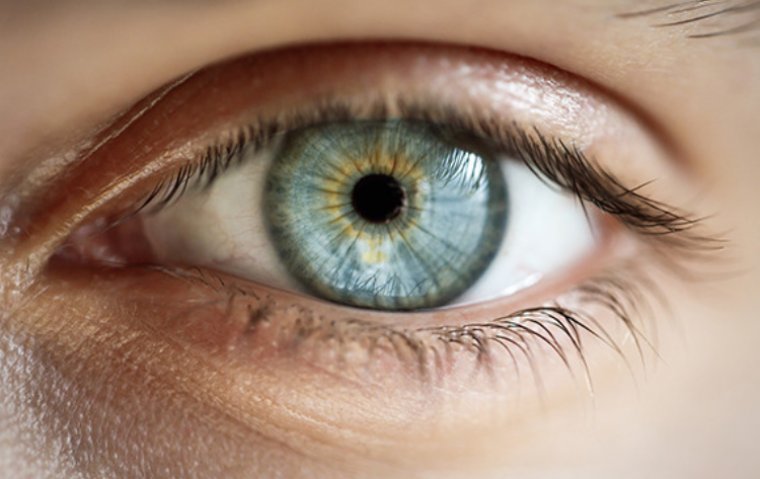
The ABCs of Common Eye Conditions
In our daily lives, we usually take our eyesight for granted and avoid going to see a professional regularly. Our eyesight is one of the most valuable assets that we have. There are hundreds of different eye diseases and conditions. Some of them have no cure while many of them are pretty much treatable. You can improve and assist your eye health by leading a healthy lifestyle. In this post, we’ve gathered the most common eye conditions for you. If you are experiencing any of the symptoms mentioned below apply to you, please make sure to see an ophthalmologist as soon as possible before the conditions worsen and threaten your eyesight.
What are some of the most common eye diseases?
The five most common eye conditions that might lead to loss of sight or even blindness are as follows
● Cataracts
● Keratoconus
● Glaucoma
● Diabetes-related retinopathy
● Macular degeneration
What is a cataract?
Generally, a cataract is defined as a cloudy, whitish lens in the eyes. It can develop in a single eye or both eyes. While most cataracts cases are age-related and more common in people over 50, they can develop at any age. It can even be present at birth. Cataracts are a leading cause of reversible vision loss. It may be a result of severe UV exposure, an injury, or protein deterioration.
Here are some of the symptoms:
● Cloudy, whitish vision
● Seeing "halos" around lights.
● High sensitivity to bright light and glare.
● Frequent changes in your eyeglasses or contact lenses.
Cataracts can be treated through an operation. The operation to remove the cloudy lens and replace it with an artificial one is the most successful.
What is Keratoconus?
Our cornea is the clear outer lens of our eyes and has a shape like a dome, or a ball. In some cases, the collagen that holds together the cornea weakens and causes the cornea to have a shape like a cone. This condition is called, as the name implies, Keratoconus. If the condition is not diagnosed and treated at an early stage it can cause loss of vision. If not treated, people with this condition will need a cornea transplant.
The treatment starts with eyeglasses and is followed by contact lenses. Generally, the use of rigid, gas-permeable contact lenses to help strengthen the cornea is recommended. To prevent progression, cornea collagen crosslinking is preferred. Cornea transplant in this case is the ultima ratio.
What is Glaucoma?
Glaucoma is an eye condition that causes damage to the nerves, which affects how visual information is transmitted to the brain and worsens over time. It results from relatively high fluid pressure in the eyes. If not detected, it can lead to permanent vision loss, even blindness in one or both eyes. As glaucoma develops over time, it’s important to see an ophthalmologist regularly for early diagnosis.
There are two types of glaucoma: Open-angle and closed-angle. Open-angle glaucoma develops slowly over time and you may not be able to tell the vision change until it severely worsens. Closed-angle glaucoma, on the other hand, can happen all of a sudden. It’s very painful and causes vision loss very rapidly.
Here are some of the symptoms:
● Pain or pressure in the eyes.
● Reddish eyes and headaches.
● Blind spots and low vision.
● Nausea
● Colored halos around a light source.
It can be treated with drops, prescription glasses, or surgery.
What is diabetes-related retinopathy?
As the name implies, diabetic retinopathy is associated with type 1 and 2 diabetes. Excessive blood sugar can alter the blood vessels at the back of the eye and prevents the retina from receiving enough nutrients to maintain vision. People with diabetes type 1 or type 2 are at risk of developing diabetic retinopathy.
Mostly, laser surgery prevents serious vision loss caused by diabetic retinopathy.
What is Macular degeneration?
This condition is defined by damage to the macula, the part of the retina that perceives the light, and helps you see in detail. Some of the triggering factors include smoking, family history, and age. There’s no “cure” for macular degeneration but current treatments can slow down the progression of vision loss.
Here are some of the symptoms:
● Blurred vision
● Seeing a black spot in the center of your field of vision.
● Seeing straight lines curvy or wavy
In the treatment of macular degeneration, anti-angiogenic drug injections block the development of new leakages and the appearance of new blood vessels. Laser therapies help destroy the growth of abnormal blood vessels. Photodynamic laser therapy, which is a two-step treatment damages the abnormal blood vessels. Some nutrients like vitamins C, E, zinc, and copper helps decrease vision loss.
What Are the Most Common Eye Conditions in Children?
Here are some of the most common eye conditions seen in children:
● Strabismus (Crossed eyes): Strabismus is the term to define the misalignment of the eyes of your child. An eye may be turned inward/ outward or upward/ downward. Your child’s eyes cannot focus together on an item due to a lack of coordination. Strabismus may result in a lazy eye or even vision loss if the treatment is delayed. The treatment generally includes eyeglasses, injections, eye-patching therapies, or surgery.
● Amblyopia (Lazy eye): Amblyopia occurs when your child’s one or both eyes do not develop normal vision due to some factors preventing the visual part of the brain from functioning properly. It causes the eye/s to weaken and leads to long-term vision problems. When diagnosed at an early stage it can easily be treated with glasses, patching, or eye drops.
● Conjunctivitis: Conjunctivitis, often called pink eye, is common in young kids. It’s generally contagious and breakouts can spread through pre-schools and especially playgrounds. We can characterize this condition as an inflammation of the clear tissue that lines the inside surface of the eyelid and the outer coating of the eye, which keeps the eyelids and eyeballs moist. Although this condition doesn’t damage vision, it causes itchy, red, blurry, tearing, and discharge.
Things to consider for eye health
● Be determined to make healthy choices in your daily life. Keeping your body as healthy as possible not only lowers your risk of having eye diseases but also improves your overall health.
● Be cautious and aware of your risk factors for having eye-diseases. Some eye conditions appear with age, and some are caused by diabetes. Alongside those two, your genetics and your ethnic background play an important role when it comes to having some health conditions.
● See a professional or an ophthalmologist regularly. Some diseases develop over time and regular controls help with early diagnosis. In some cases, early diagnosis is of great importance to improve vision.
● Protect your eyes. Sunglasses should be worn even on cloudy days to protect your eyes from UVA/B lights. If you are using sunglasses or contact lenses, make sure to keep them clean and store them in a hygienic place.
(1).jpg)
